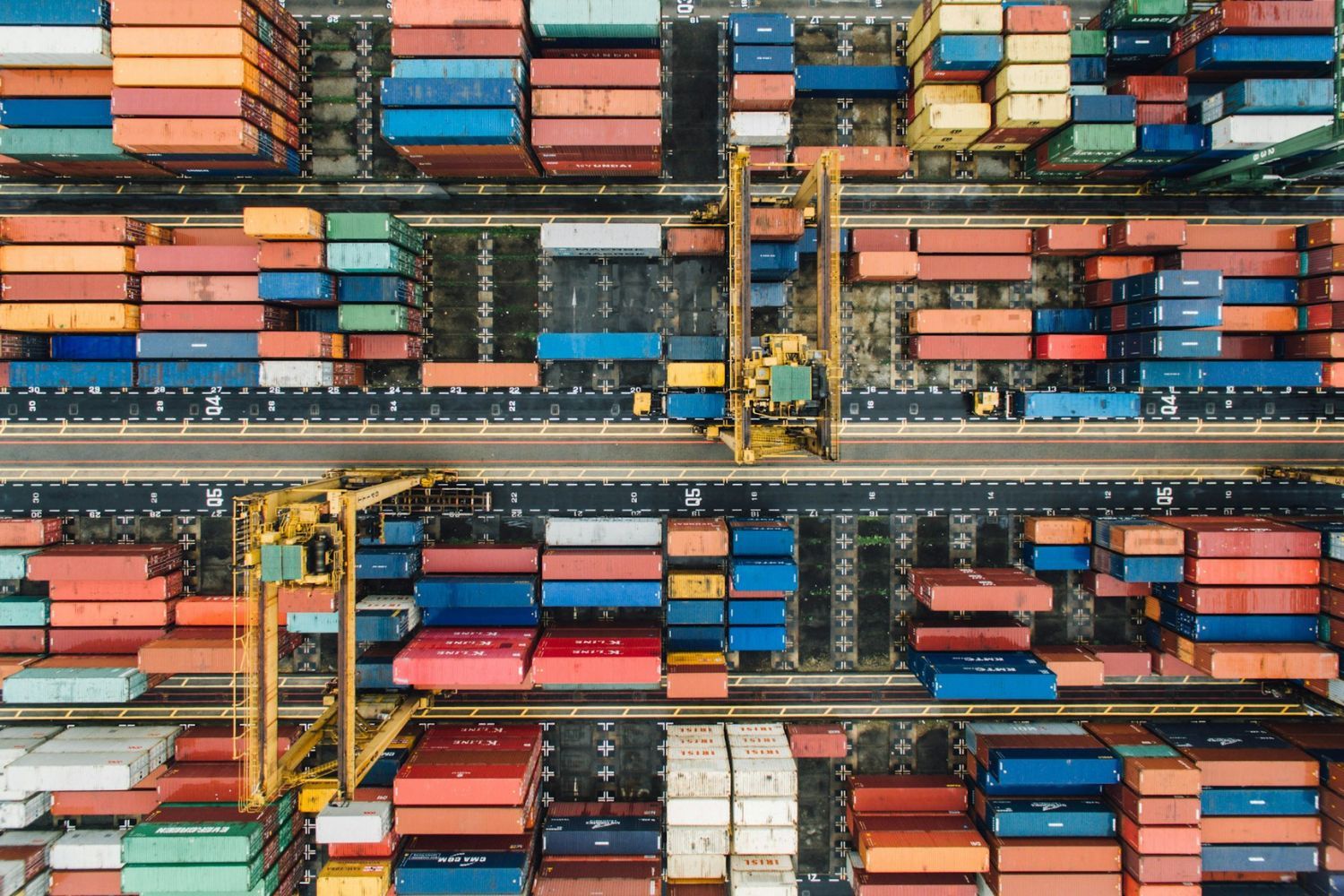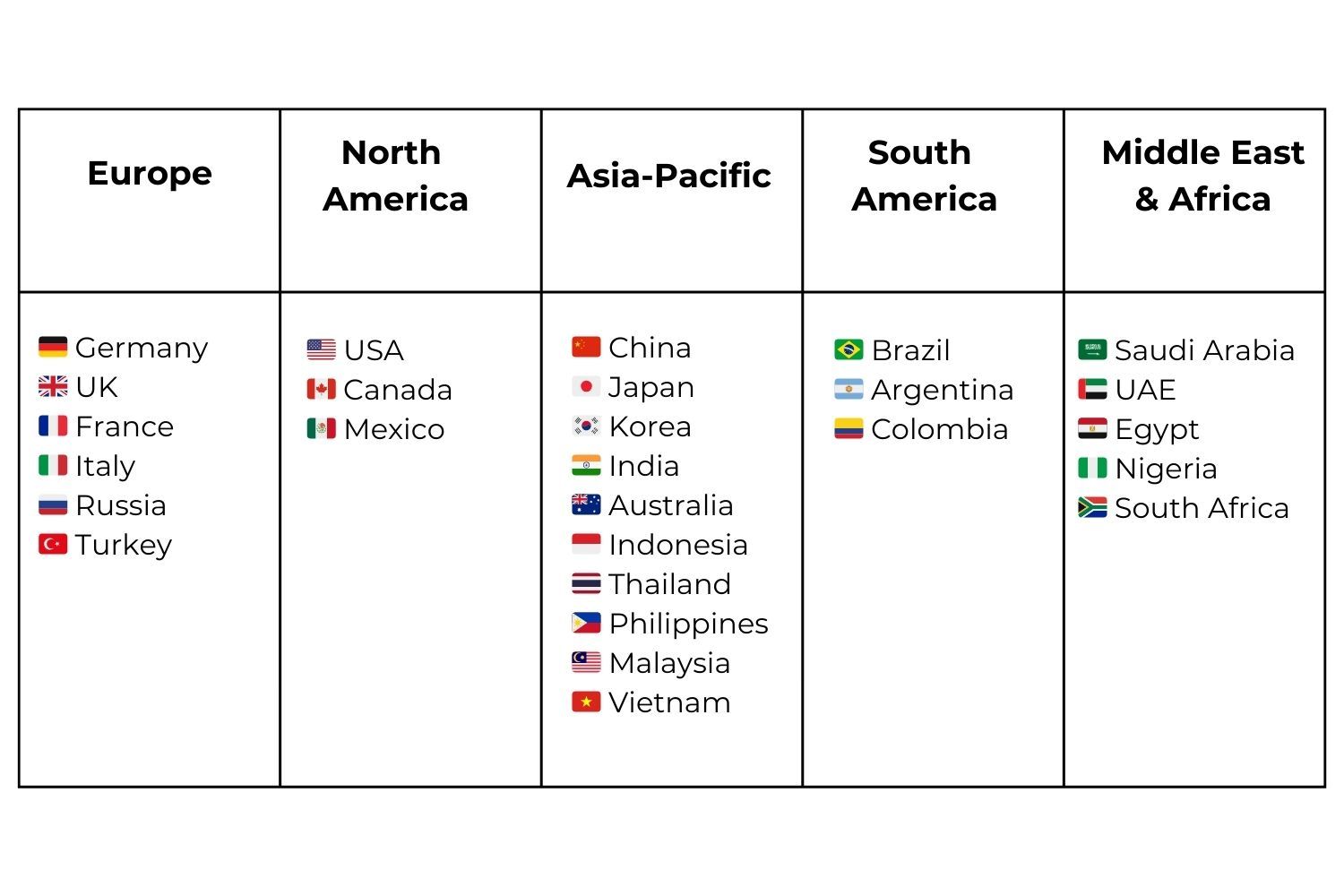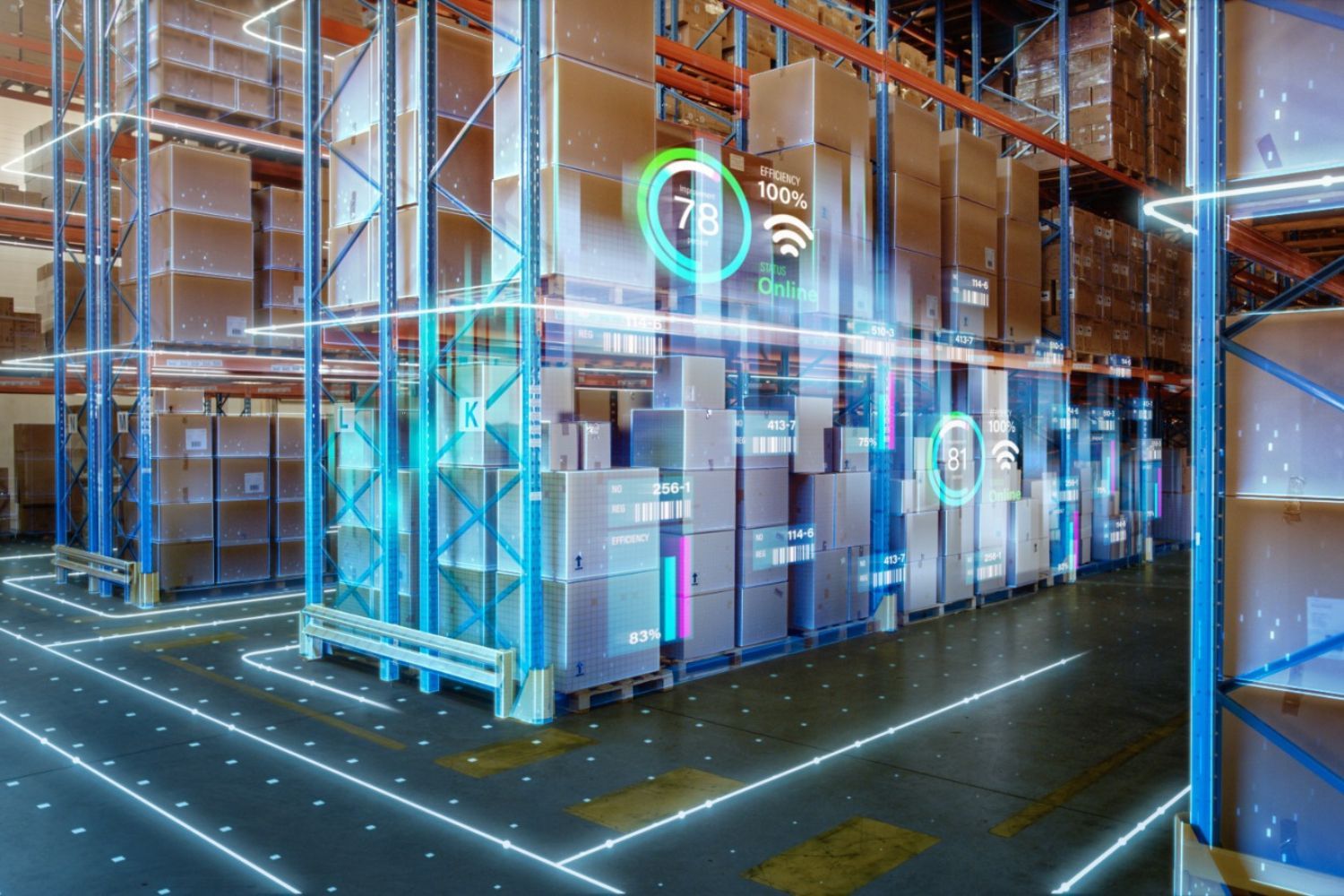Leadership Insights
Adapting to the Currents: Trends Shaping the Future of Shipping and Logistics

As we delve into the complexities of our globalised world, one industry stands out as a vital artery for the flow of goods, sustaining economies and industries alike - shipping and logistics.
This sector emerges as a linchpin, connecting nations and industries through its vast network of shipping lanes, extensive port facilities, and intricate transportation systems. The shipping and logistics industry's sheer scale and global reach underscore its pivotal role in fostering international trade, economic growth, and development.
By facilitating the seamless movement of goods across the globe, this industry has become an indispensable component of modern commerce, demonstrating its profound impact on the world's economic fabric.
Shipping and Logistics: A Post-COVID Resurgence
Bouncing back from the aftershocks of the Covid era, the shipping industry has experienced remarkable growth and is poised for further expansion. Simultaneously, the logistics sector is undergoing a significant transformation, driven by the surge in online shopping and the universal desire for quicker deliveries. The advent of cutting-edge technologies such as IoT, AI, and blockchain leaves a profound imprint, reshaping conventional practices. It's not merely about numerical growth; it's about fostering efficiency and embracing creativity. Moreover, a notable shift towards eco-friendliness is underway. Companies are increasingly adopting green practices to minimise their environmental impact.
To put things in perspective, the worldwide Cargo Shipping Market reached a valuation of USD 11.26 billion in 2023 and is anticipated to exhibit substantial growth with a noteworthy Compound Annual Growth Rate (CAGR) of 4.6% throughout the forecast period spanning from 2024 to 2030.
The global shipping and logistics market is characterised by key players situated in prominent regions:

Nevertheless, the Shipping and Logistics sector has been traversing a realm of changes in recent times, adapting to the dynamic requirements of an increasingly interconnected world, giving rise to emerging trends.
Trends in the Shipping and Logistics Industry
(i) Blockchain
Blockchain revolutionises Shipping and Logistics, enhancing security, efficiency, and effectiveness. A key trend is the significant reduction in fraud through blockchain systems, ensuring transparency and trust. Third-party certifications streamline operations, reducing bottlenecks and strengthening supply chain reliability. Blockchain adoption minimises errors, eliminating paper-based documentation, promoting accuracy, and facilitating seamless information flow. This trend signifies a pivotal shift in reshaping the Shipping and Logistics landscape, fortifying security, optimising processes, and ushering in a new era of efficiency.
|Blockchain is a decentralised digital ledger technology that transforms shipping and logistics by ensuring transparent, secure, and efficient transactions.
(ii) Eco-Logistics
In sustainable logistics, businesses actively adopt eco-friendly practices to address environmental concerns. A notable trend involves the increased use of alternative fuels and energy-efficient transportation methods, such as electric and hybrid vehicles, known for their lower emissions. Interest in utilising LNG as a fuel for commercial shipping is on the rise. Additionally, a commitment to sustainable packaging and waste reduction is evident as businesses embrace biodegradable materials and optimise packaging designs to minimise environmental impact.
(iii) Big Data and AI
In today's tech-driven era, businesses are harnessing the power of big data analytics and artificial intelligence to shape a cutting-edge future. These tools, driven by intelligent algorithms, actively decipher trends, monitor markets, and have a sense of vast data. They help predict future demands by studying past patterns and optimising real-time delivery routes to save costs and boost efficiency. The use of these technologies ensures minimal errors in data management. By entrusting complex tasks to these tools, businesses are paving the way for a future where human efforts can be redirected towards delivering exceptional customer service and building crucial relationships.
Big Data and AI use advanced technologies and intelligent algorithms to analyse vast datasets, decipher trends, and optimise processes.

(iv) Sensors in Ships
The landscape of ship monitoring technology has experienced a continuous surge in sophistication. Ships are already using sensors for a lot of things. Still, tomorrow's vessels are poised to boast an intricate web of sensors, comprehensively gauging every facet of their operations, from pinpointing faults to identifying maintenance or repair requirements. Alongside this evolution, the augmentation of robust ship-to-shore communication capabilities will enable a remote team of fleet managers to assume control over various aspects of the ship's operations. This paves the way for a transformative era where cutting-edge sensor technologies redefine the maritime landscape, ensuring heightened operational efficiency and proactive maintenance strategies for a seamless voyage into the future.
(v) Robotics
In the evolving landscape of warehouses, robots are reshaping the playing field. Imagine them as incredibly efficient assistants. From collaborative robots (cobots) to autonomous mobile robots (AMRs), these tech-savvy helpers swiftly navigate, handling tasks like picking up and transporting goods, injecting a dose of speed and precision into the operations. Meanwhile, software robots take charge of repetitive chores, liberating human workers to focus on more crucial aspects. These robots aren't job-takers; consider them teammates working in harmony with humans to enhance warehouse efficiency and accomplish tasks swiftly and effectively.
C-suite executives are responsible for steering their organisations with adaptability and foresight in manoeuvring through the ever-shifting tides of the Shipping and Logistics industry. Holistically, these leaders must prioritise staying informed on industry trends and technological advancements, consistently evaluating their potential impact on the business. The key lies not in adhering to each trend but in discerning which innovations align with the organisation's unique needs and goals. C-suite leaders should foster a culture that embraces cutting-edge solutions, understanding that technological advancements like blockchain, IoT, AI, and data analytics can bolster operational efficiency, enhance transparency, and fortify security measures.
Beyond specific trends, C-suite executives must foster a strategic mindset for navigating market dynamics. This involves consistently assessing global trade shifts, geopolitical influences, and economic trends. Leaders can make informed decisions, seize emerging opportunities, and navigate challenges effectively by cultivating a keen awareness of the industry's pulse. Strategic partnerships and alliances become valuable tools in this endeavour, allowing the organisation to adapt to market fluctuations.
Steering the currents of the Shipping and Logistics industry requires more than a compass—it demands the right talent at the helm. Position your organisation for success in today's dynamic business landscape. Secure top-tier executive talent with us, ensuring leaders who can adeptly navigate industry complexities.
Source: https://www.precisionbusinessinsights.com/market-reports/cargo-shipping-market 2003.